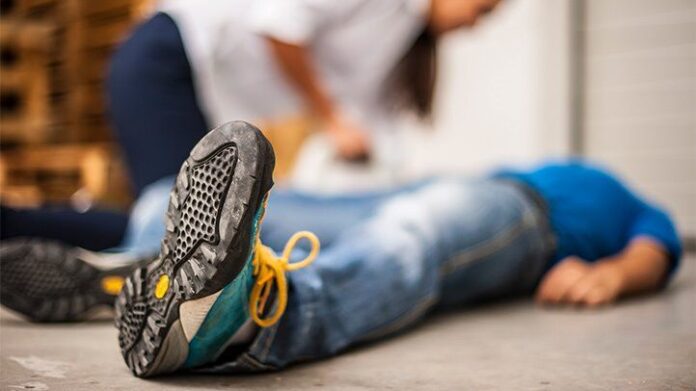Witnessing someone experiencing a seizure can be a frightening and disconcerting experience, especially if you’re unsure of how to respond.
Seizures can vary in severity and duration, and knowing how to react appropriately can make a significant difference in ensuring the safety and well-being of the person having the seizure. Here’s a guide on what to do when someone is having a seizure:
1. Stay Calm
It’s crucial to remain calm during a seizure. Panicking can escalate the situation and hinder your ability to provide assistance effectively.
Remember that most seizures are not life-threatening, and staying composed will help you respond more effectively.
2. Ensure Safety
Focus on creating a safe environment for the person having the seizure. Clear the area of any sharp objects, furniture, or obstacles that could pose a danger. If the person is near a hazardous location such as stairs or a busy road, gently guide them away to prevent injury.
3. Protect the Person
During a seizure, the individual may lose control of their movements and posture. To prevent injury, help them to lie down on their side to keep their airway clear and reduce the risk of choking. Place a soft object or folded clothing under their head for cushioning.
4. Time the Seizure
Note the time when the seizure starts and pay attention to its duration. Most seizures last only a few minutes. If the seizure continues for longer than five minutes, or if multiple seizures occur without the person regaining consciousness in between, seek immediate medical assistance.
5. Do Not Restrain
Avoid restraining the person during a seizure unless they are in immediate danger. Trying to hold them down or restrict their movements can cause injury to both parties. Allow the seizure to run its course while ensuring their safety.
6. Clear the Area
Keep bystanders away to give the person having the seizure privacy and reduce their stress levels. Limiting distractions can also help prevent further complications.
7. Stay Reassuring
Speak calmly and reassuringly to the person during and after the seizure. Let them know that they are safe and that you are there to help. Avoid hovering over them or making sudden movements that could startle them once the seizure ends.
8. Monitor Breathing
Check the person’s breathing once the seizure subsides. If they are not breathing or have difficulty breathing, perform basic first aid techniques such as CPR if you are trained to do so, or seek immediate medical assistance.
9. Provide Support
After the seizure, offer support and assistance as needed. Help the person to sit up slowly and stay with them until they feel fully recovered. Offer to contact a friend, family member, or medical professional if necessary.
10. Follow Up
Encourage the person to seek medical attention following a seizure, especially if it’s their first one or if they have a known history of seizures. Medical evaluation can help determine the underlying cause and provide appropriate treatment and management strategies.
In conclusion, knowing how to respond when someone is having a seizure can make a significant difference in ensuring their safety and well-being. By staying calm, creating a safe environment, and providing appropriate support, you can help the person through the episode and minimize potential complications. Additionally, being aware of when to seek medical assistance is essential for managing seizures effectively.















